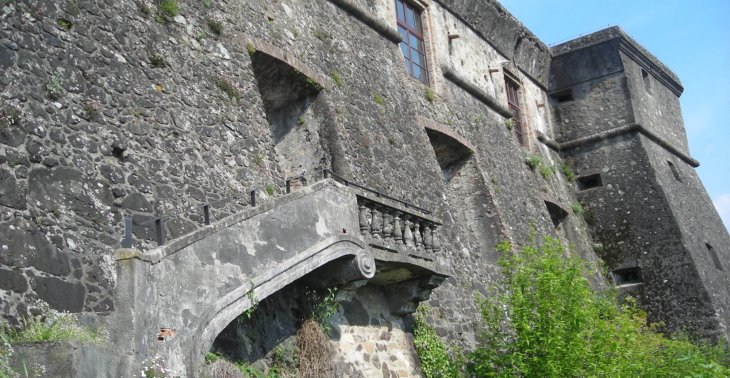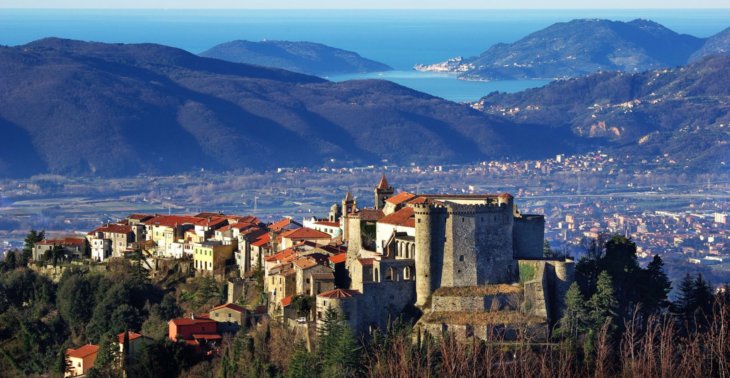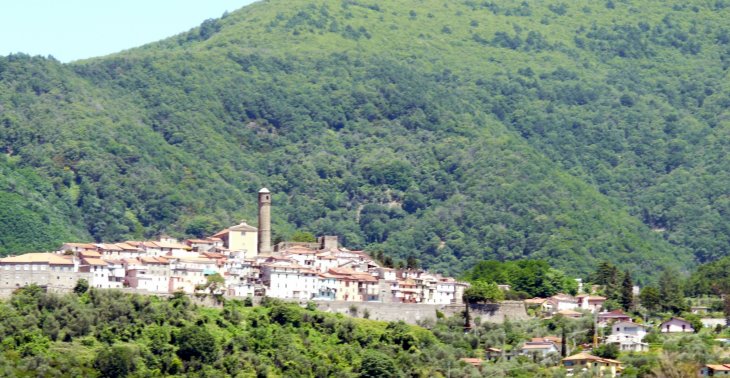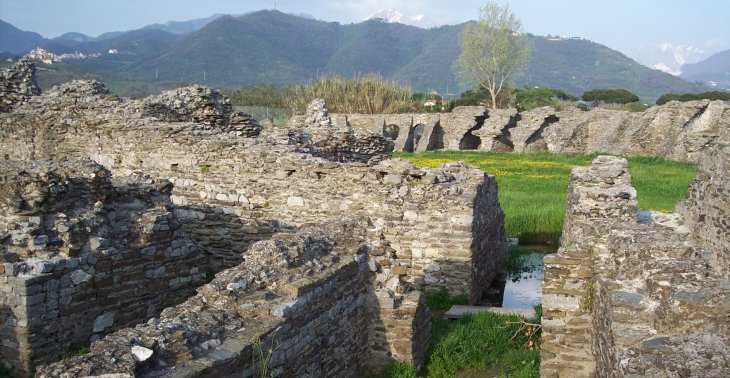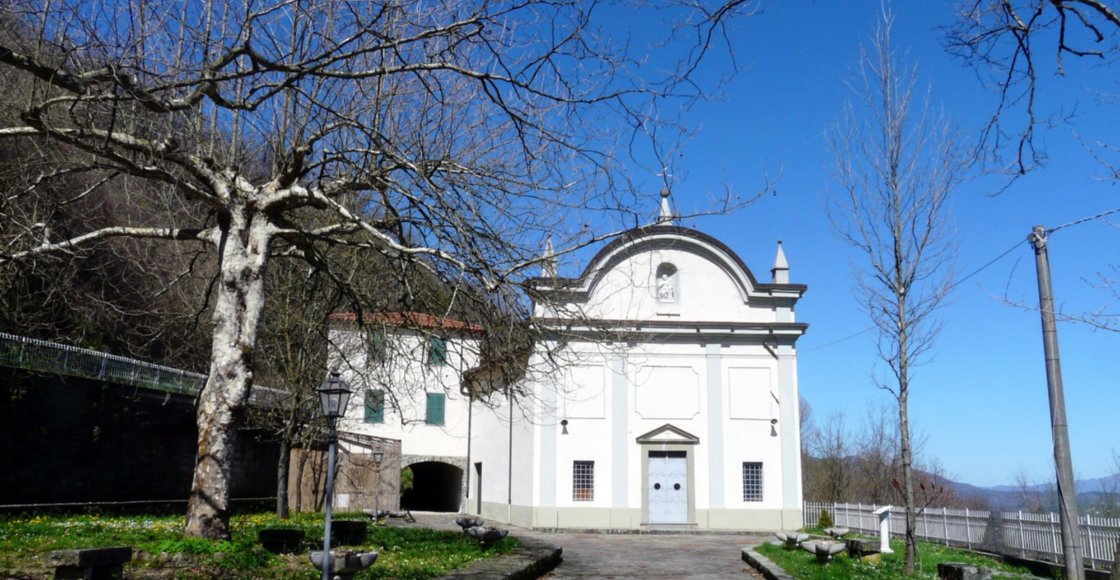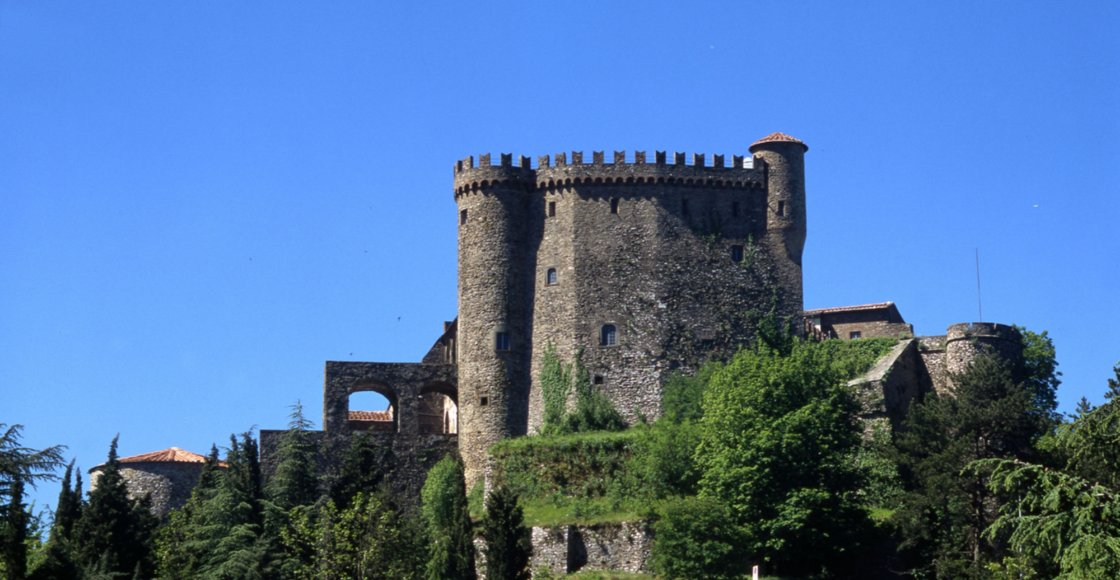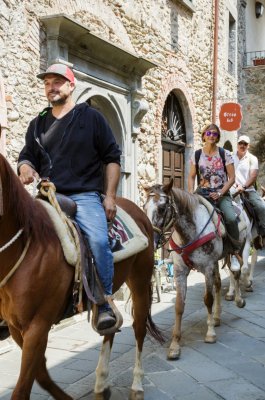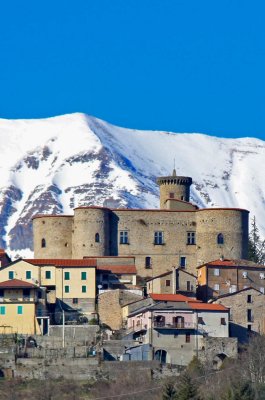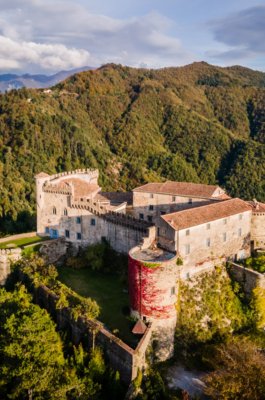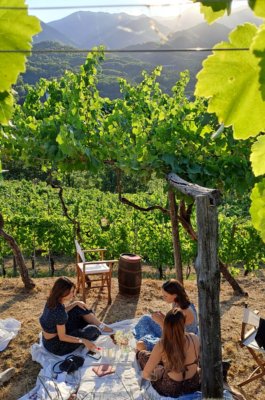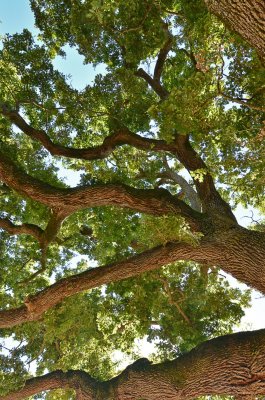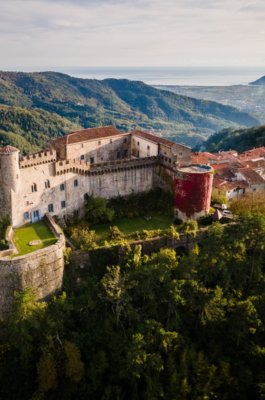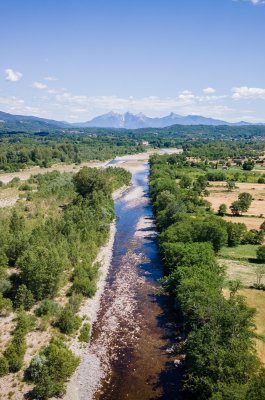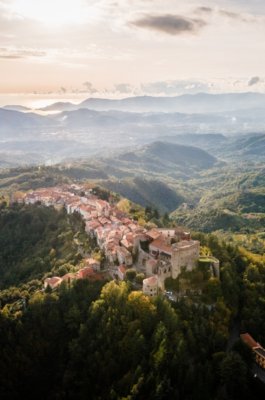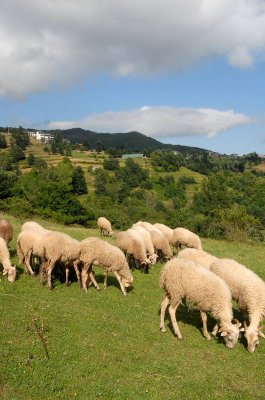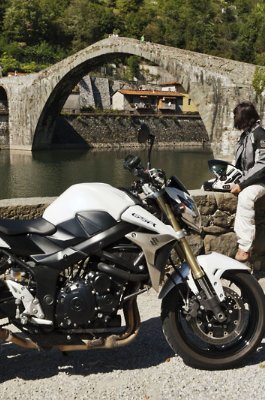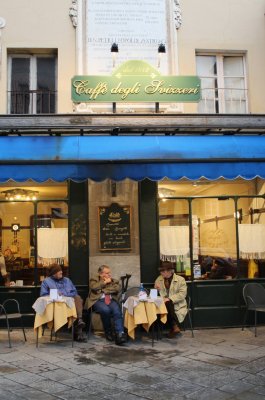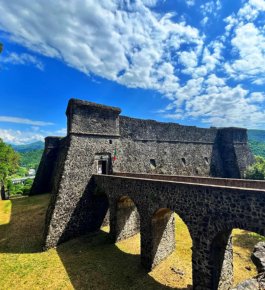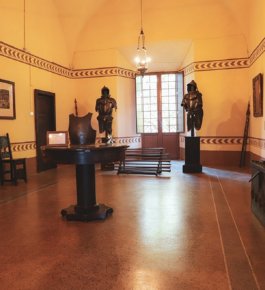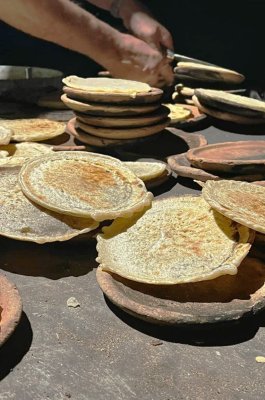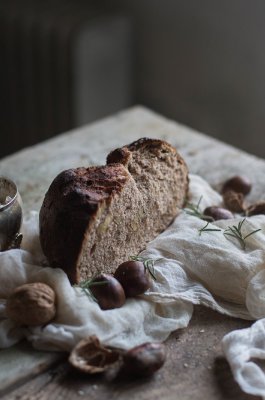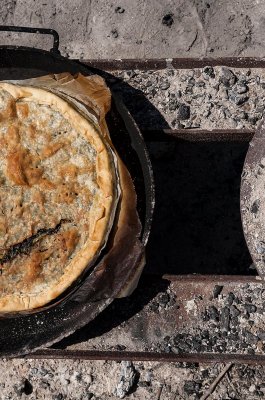This narrow strip of land, at the junction of Magra and Aulella, contains one of the most significant cathedral chapter houses of religious life before the year 1000. In those years, Aulla was a small village defended by bridges and streets that helped the area prosper, thanks to its connections to major trade and pilgrimage routes.
A must-see stop in town is the Abbey and Museum of San Caprasio (9th to 12th century, where recent excavations confirmed the longstanding importance of the Via Francigena. Founded in 884 and entrusted to monks connected to the Malaspina family, it was modified circa 1070 to its current plan with three naves. It underwent additional renovations in the 14th century and during the Baroque period.
Also worth a visit is the Museum of Natural History, which was established with the objective of using the natural sciences to give a comprehensive and innovative overview of the Lunigianese panorama. It is housed in the Fortezza della Brunella, which takes its name from the hills on which it was built in the mid-16th century. It is a typical example of Renaissance military architecture, adequately prepared for attacks. Not far from Aulla you can visit Pallerone, a small medieval town where the ancient castle tower and the Malaspina chapel, the parochial church dedicated to Saint Anthony (but originally dedicated to Saint Thomas of Canterbury), filled with plaster and canvas decorations and a grand 18th-century door.
The nearby village of Caprigliola, which in 1100 was already a fortified village, is enclosed by walls and served as the summer residence of the Bishops of Luni. Traces of the walls still remain, along with an elegant cylindrical tower. The complex where the bishops stayed is at the highest point on the hills and is now powerfully juxtaposed with the imposing 18th century church of San Nicolò.






